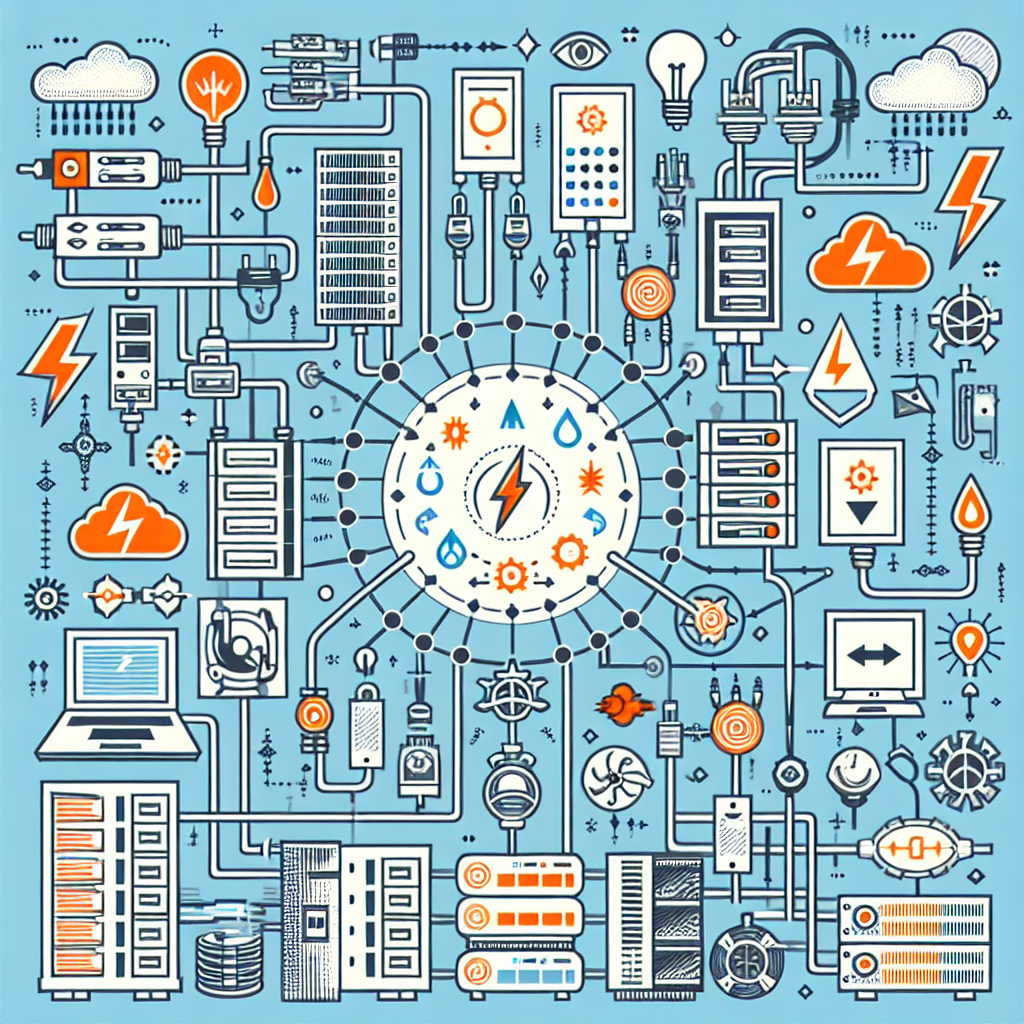Your cart is currently empty!
The Impact of Power Distribution on Data Center Infrastructure Management

In today’s digital age, data centers are at the heart of every organization’s operations. These facilities house the servers, storage, and networking equipment that support critical business applications and services. However, the smooth operation of a data center relies heavily on its power distribution infrastructure.
Power distribution in data centers refers to the way electricity is delivered from the utility grid to the various components within the facility. This includes everything from the main electrical switchgear to the power distribution units (PDUs) that deliver electricity to servers and networking equipment. The efficiency and reliability of a data center’s power distribution system can have a significant impact on its overall performance and uptime.
One of the key factors that must be considered when designing a data center’s power distribution system is redundancy. Redundancy ensures that in the event of a power outage or equipment failure, there are backup systems in place to keep the data center running smoothly. This may involve using multiple power sources, redundant UPS units, and backup generators to ensure continuous power supply to critical infrastructure.
Another important consideration is scalability. As data center infrastructure grows and evolves, the power distribution system must be able to accommodate increased power demands. This may involve adding additional PDUs, upgrading electrical equipment, or even building new power substations to meet the growing power needs of the facility.
Efficiency is also a key consideration when it comes to power distribution in data centers. Inefficient power distribution systems can lead to wasted energy, increased operating costs, and potential equipment failures. By implementing energy-efficient technologies such as high-efficiency UPS units, intelligent power distribution units, and energy management software, data center operators can reduce their carbon footprint and save on energy costs.
Additionally, power distribution in data centers must be carefully managed to ensure that power is delivered where it is needed most. By monitoring power usage, balancing loads, and implementing intelligent power management systems, data center operators can optimize the performance of their infrastructure and prevent overloads that can lead to downtime.
In conclusion, the impact of power distribution on data center infrastructure management cannot be overstated. A well-designed, redundant, scalable, and efficient power distribution system is essential for ensuring the reliability and performance of a data center. By investing in the right power distribution technologies and practices, data center operators can improve uptime, reduce operating costs, and support the growth of their infrastructure for years to come.

Leave a Reply